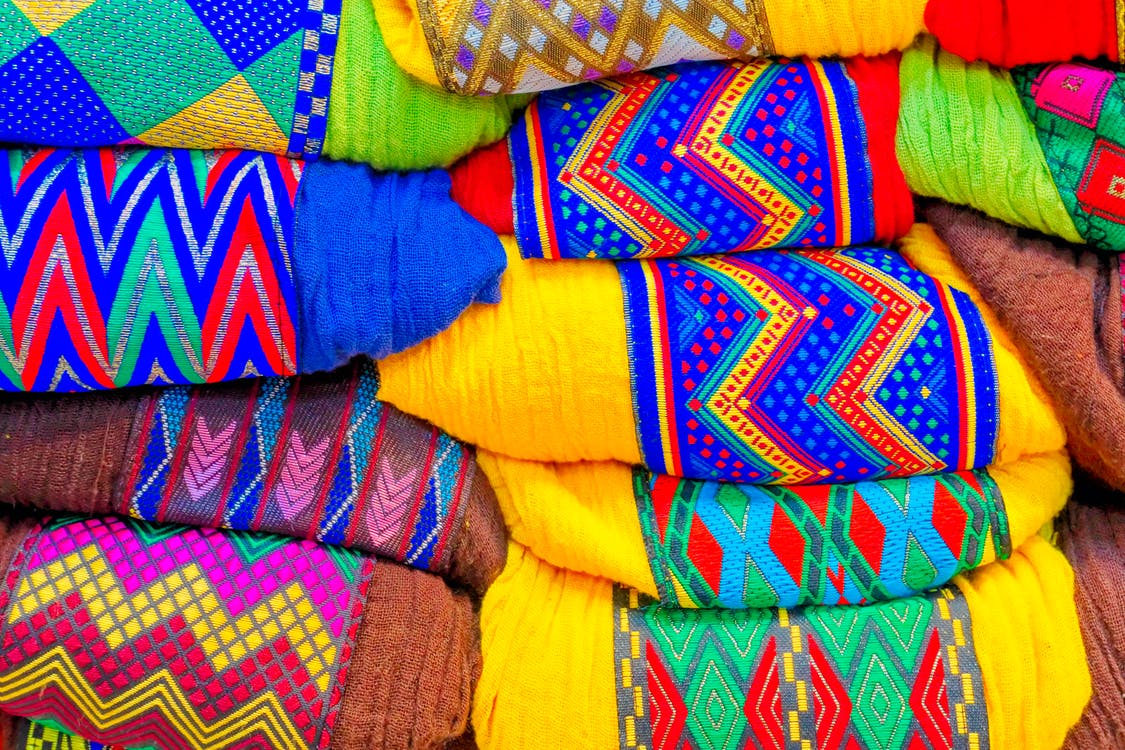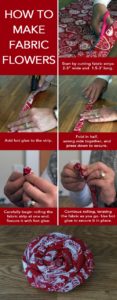With heat transfer vinyl, the possibilities of what you can create and customize are endless. You don’t only have to stick to applying it to cotton and polyester materials – and that is part of what makes this craft so fun. You can apply heat transfer vinyl (HTV) materials to anything that can withstand the heat that is needed to adhere to your design. That includes wood, glass, canvas, and other garment materials like fleece. It is easy to be intimidated when trying something new, especially at the risk of ruining your garment, but this step-by-step tutorial will show you exactly how to use printable heat transfer vinyl to create custom fleece shirts, blankets & more!
Table of Contents
Get The Cut File Ready
The first step in creating a heat transfer vinyl project is to prepare your design on your cutting machine’s software. This design is known as a cut file, and you can make the design from scratch or download already made files from sites like Etsy. Then using the software that came with your cutting machine – Cricut and Silhouettes are popular choices – you can get all the pieces of your design ready to be cut out.
What Exactly Is A Cut File?
The most popular cut file format is certainly an SVG. However, depending on the program, you might be utilizing a .png or .dxf file. Which you use depends on the machine you have and the project you wish to complete. If you’re working with an intricate image or a family photo, you will want to use a .png, which is a printable image that you first print out on a printer and then cut out on your cutter.
Tip: When you cut HTV, make sure you mirror your design and apply the material to your cutting mat with the shiny (the colored, pretty) side down. This is so the cutting machine only cuts through the material and not the plastic-like carrier sheet you need to apply your design.
Few pointers for applying heat transfer vinyl on fleece blankets:
It is best to choose a fleece material with a low pile. A blanket or sweater with longer fabric strands may make it harder to get an even press, resulting in your pattern being crooked or wrinkled. You can get fleece garments at tons of different retailers and online from sites like Jiffy. Fleece blankets usually cost around $8-15 at stores like Target and Walmart, and you can even find great options at dollar and discount stores. What you’re pressing on does not have to be costly or elaborate to create an amazing HTV project.
In general, for fleece projects, we recommend thicker or textured vinyl materials. Options like a flock – which is a fuzzy, textured material – and glitter – which is also lightly textured – look nice and press easily on fleece. Thinner materials like matte or liquid may take on some of the texture from the fleece beneath it.
Before pressing, we always recommend doing a test press on a small piece or underside of your garment or blanket. This helps you gauge how the material will look once your entire design adheres and to be sure your fleece material does not discolor due to the high heat.
Is it possible to iron on fleece? Or Do I need a Heat Press?
While some crafters prefer a heat press to help you get more pressure on thicker fleece materials, a home iron will work too. Just make sure you’re ironing on a sturdy surface and use your body weight to help you get a very firm press.
If you are using a home iron, set it to the highest setting and do not use steam. Press each piece of your design for 15-20 seconds and avoid sliding your iron. Wait for the material to cool before removing the carrier sheet.
Pressing Fleece With a Heat Press
- Set your heat transfer vinyl press to 305-310º degrees Fahrenheit and let it heat up completely. Adjust your pressure to medium-firm.
- Arrange your blanket, sweater, etc., on the press. Make sure you avoid seams and zippers by leaving them hanging off the press.
- Remove as much extra fluff from your fleece materials as possible using a lint roller. Press the blanket for 10 seconds. We recommend a cold peel for materials with plie to ensure it fully adheres.
- Once you remove the carrier sheet, cover the design with a piece of parchment paper or Teflon sheet and press it again for another 10 seconds.
- And that’s it, reveal your finished design!
Featured Image by Pexels.com




